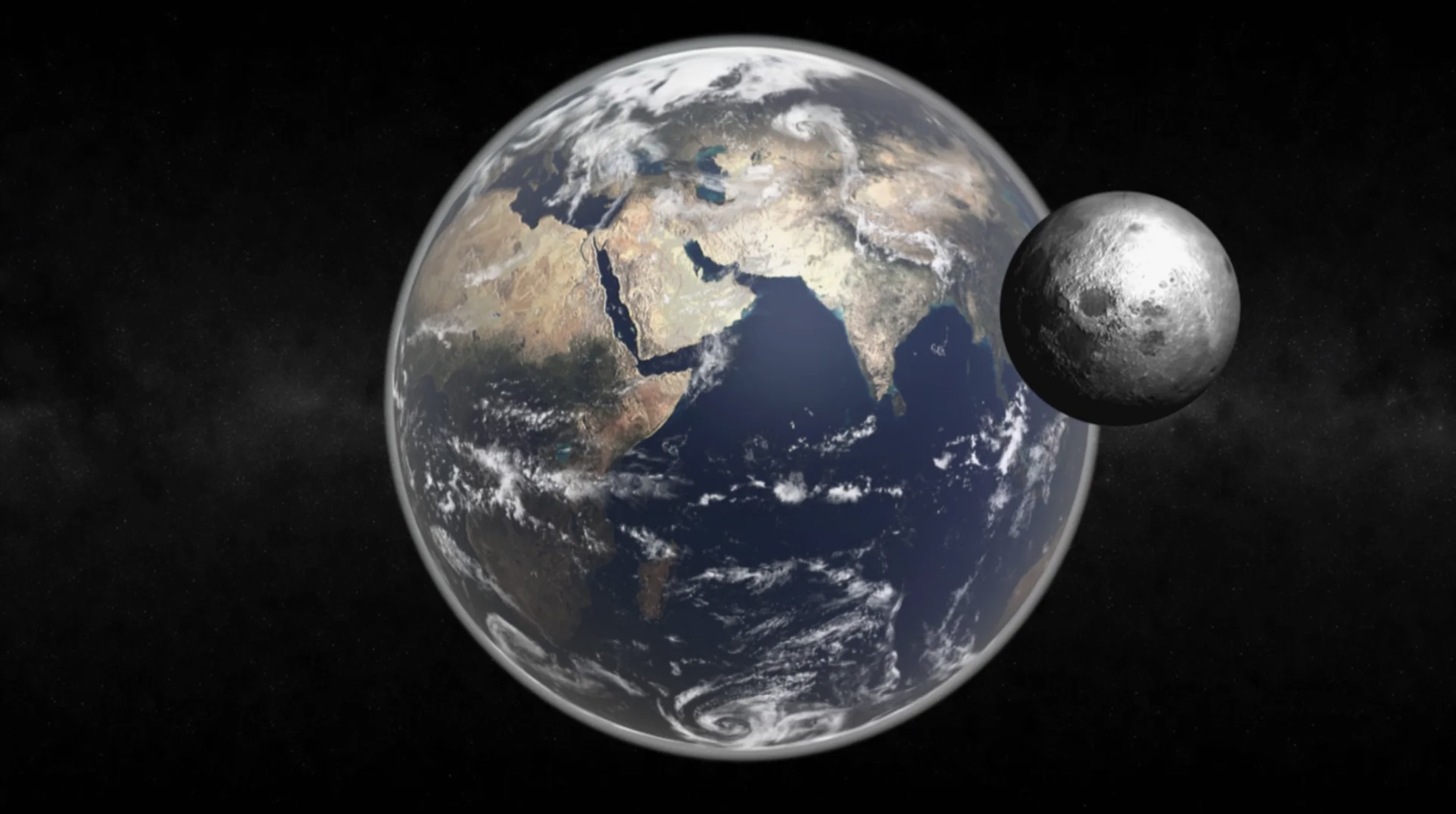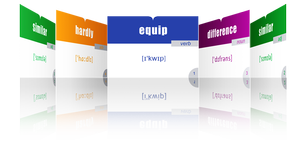SCIENCE-EARTH AND THE MOON
- Подробности
- 179
Earth is the third planet from the Sun and the only world we know with life. It has nitrogen–oxygen air, lots of liquid water, and a magnetic field that protects us. The Moon orbits in about 27 days. It is located about 384,400 km from Earth. The Moon causes tides and eclipses.
EARTH AND THE MOON

Earth formed about 4.54 billion years ago. It is the third planet from the Sun, at an average distance of 149.6 million km. This distance is called one AU (Astronomical Unit). The diameter of Earth is about 12,742 km, with a radius of 6,371 km. It is called the “blue planet” because about 71% of its surface is covered by water.
Earth goes around the Sun in about 365 days (one year). It spins once around its axis in about 24 hours, so its rotation period and solar day are almost the same — about one day. The planet’s axis is tilted by about 23.5°, which gives us seasons.
The average temperature on Earth is about 15 °C. Extreme records range from about +56.7 °C to −89.2 °C. The atmosphere is thick and protective: it contains about 78% nitrogen, 21% oxygen, 0.9% argon, 0.04% carbon dioxide, and traces of other gases. A thin layer of ozone (O₃) in the stratosphere shields us from harmful UV rays. Together with its strong magnetic field, the atmosphere protects life from the solar wind.
The surface of Earth is dynamic: moving tectonic plates build mountains, cause earthquakes, and recycle material. Earth is the only known planet with life, which has existed for about 4 billion years.
The Moon, Earth’s only natural satellite, likely formed about 4.5 billion years ago after a giant impact between young Earth and a Mars-sized body called Theia. It is about 384,400 km away. Its diameter is about 3,474 km, with a radius of 1,737 km (about one-quarter of Earth’s).
The Moon orbits Earth in about 27.3 days and spins in the same time, so we always see the same side. A solar day on the Moon is also about 29.5 days, from one sunrise to the next. The temperature ranges from about +127 °C in the day to −173 °C at night. The Moon has almost no atmosphere, only a very thin exosphere. Its surface is rocky, covered with craters, mountains, and plains of ancient lava. There is no life, but the Moon stabilizes Earth’s tilt and helps create tides and eclipses.
LISTEN TO THE TEXT




